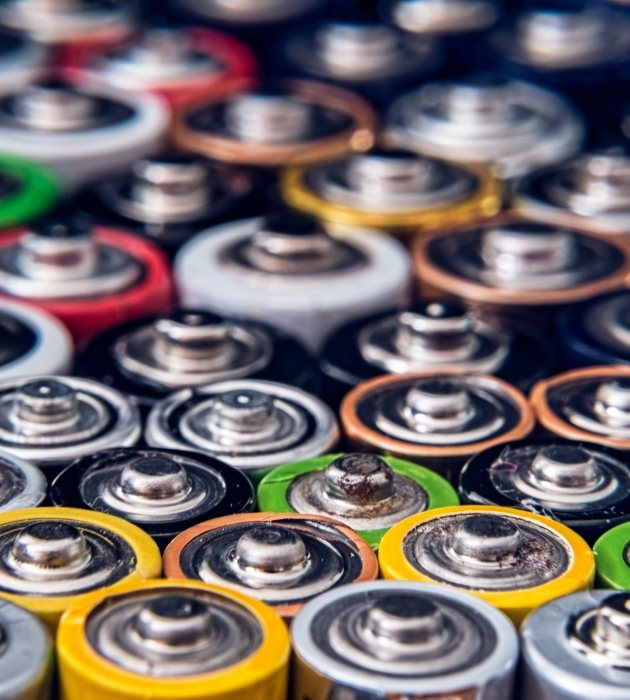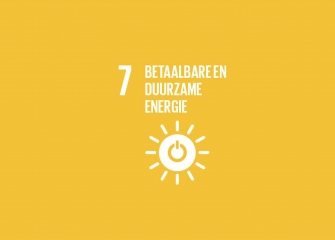
Our planet has a date and a target that it cannot miss - 2050. This is when we must achieve NET ZERO, when the amount of greenhouse gases emitted into the atmosphere will be equaled by the amount of gases removed. Carbon dioxide is the key player, which is why reducing our carbon footprint is so critical. While the Industrial Age heralded the rapid development and innovation that has brought us to where we are today, it also brought the unintended consequence of global warming and the resultant climate change. Our best route to hit the 2050 target is to stop using fossil fuels and transition to clean and green energy, such as nuclear and renewables. Much progress has been made in moving to renewable energy, predominantly in wind and solar; the challenge is that these two sources lack the reliability and predictability of old-fashioned coal powered stations. In order to ensure constant and balanced availability of supply, energy storage systems must be added to the grid where wind and solar are used. Such systems will store excess energy when available from the various sources, and then release it when demand exceeds supply.
Exploring the Energy Storage Options
Energy storage is not a new concept and there are various solutions available today for large-scale electricity suppliers and users. However, some of them, such as thermal storage and pumped water schemes are reliant on a region’s geophysical attributes. Thermal solutions require underground caverns for storage of media such as molten salt; and pumped storage is dependent on available water and suitable gradients to generate the energy. There is also the business model where the utility buys back energy from the consumer via net-metering from PV rooftop installations and EVs (electric vehicles). The real game-changer, though, is the Lithium-ion (Li-ion) battery, currently charging your phone and laptop.
The opportunities of large-scale battery storage are being explored by many municipalities and large industries. Banks of batteries are strategically placed in a storage hub, and can provide immediate back-up power when there is a peak in demand or a dip in supply. This technology has not been utilized before, because the costs were prohibitive, but they are now rapidly declining. The Netherlands has actively been pursuing the possibilities of large-scale battery storage, starting with the Giga Rhino project, a 12 Mw (megawatt) battery concept that was crowdfunded and based in Lelystad, at Wageningen University‘s Test Centre for Renewable Resources. This project has been so successful that a new project, the Giga Buffalo, at six times the scale of Giga Rhino, has recently been announced. The company who brought Giga Rhino from concept to reality and is now proposing the Buffalo is Giga Storage, based in South Amsterdam.
Ruud Nijs, CEO of GIGA Storage: “Storage and control of electricity is crucial for a reliable and affordable energy system. The GIGA Rhino energy storage system is the first step in making it possible to close down coal-fired power stations.”
TU Delft is also active in a wide range of energy-related research, including a large-scale energy storage section. The research is directed at optimization of biomass utilization, conversion of CO2, water and N2 into high-density liquid chemicals for bulk storage, as well as using electrolyzed hydrogen to improve automation in the process industry
Accelerating Universal Access to Meet SDG 7
While large-scale storage enables cities and countries to make a transition from relying on fossil fuels without the uncertainties of renewable energies, small-scale batteries have an important societal role. Although universal access to electricity has shown great strides since 2010, where 1.2 billion people were estimated to live without electricity, in 2019 there were still 759 million people who were excluded, 75% of them who live in Africa. This is only part of the story; there are still 2.6 billion people who use fuels such as firewood, manure, paraffin, and other noxious fuels for cooking, exposing themselves to health risks.
The impact of the pandemic has probably affected any improvement in reducing this figure. It is also highly improbable that countries will be able to provide the necessary grid infrastructure by 2030 to include their underserved citizens, many of whom live in remote areas. A better way has to be found to meet the goals and targets of SDG 7 - “Ensure access to affordable, reliable, sustainable and modern energy for all”.
This is where off-grid solutions come into play. Mini- and microgrids are already being rolled out and changing lives, and batteries for storage and backup are an essential component of these small smart grids. There are several small companies and start-ups that have devoted their energies towards providing microgrid solutions in Africa. Solarworks, based in Rotterdam, have been providing solutions for households and small businesses in Mozambique and Malawi for over a decade now. Zola Electric, who has spread its wings to the US West Coast, and has a footprint in Nigeria, Tanzania, Rwanda, and other countries and has over a million customers, with its head office in Amsterdam.
Funding for this sector is very accessible, predominantly from the World Bank, who provides about 25% of the funding for small grid development.

Managing the risks of Battery Storage
Projects and installations such as Giga Rhino create new safety risks. For example, what happens if a fire breaks out in a factory or industrial complex that has large-scale batteries on site? There is a need to understand how to mitigate large-scale battery risks, and risk management organization DNV will be building a Battery Safety Laboratory at Twente Safety Campus, not that far from the Giga Rhino site. The laboratory will be offering certification and safety testing of batteries, operational root cause analysis of battery events to build knowledge on risks and offer training to fire services on how to work with the hazards of batteries in a fire situation. The intent is to improve existing standards and possibly create new standards for safe battery management.
Alternatives to Lithium
While there are plentiful reserves of Lithium, it has a limited geographic footprint and there are only a few major producers. Over half the reserves are based in and around the southern Andes, with Chile holding the largest reserves. Australia and China are the other major producers. TU Delft has been exploring alternatives to lithium use in batteries, in their unique Batteries Laboratory. While there are probably no short-term alternatives to be forthcoming, there are several options being considered, using magnesium, calcium or zinc. The actual science of how Li-ion batteries perform is still imperfectly understood, and work accomplished in this laboratory will bring improvement to the world of batteries.
A World of Potential
Whether it is understanding how batteries work, upscaling them, or utilizing them to bring electricity and better health to the underserved, there are many opportunities to make a difference working in the energy storage space. The Hague and nearby Delft are a good location for anyone interested in innovating in this space, whether choosing ImpactCity or Yes!Delft as an incubator or accelerator for the next big idea. Ongoing learning in all areas of energy are readily available via TU Delft, either at the 160 hectare campus or online or one of the many alternatives available, such as EDx. Many start-ups relocate from their own countries to the Netherlands because of the enabling environment and the ease of finding impact investors, especially if they are working in the new energy space.

